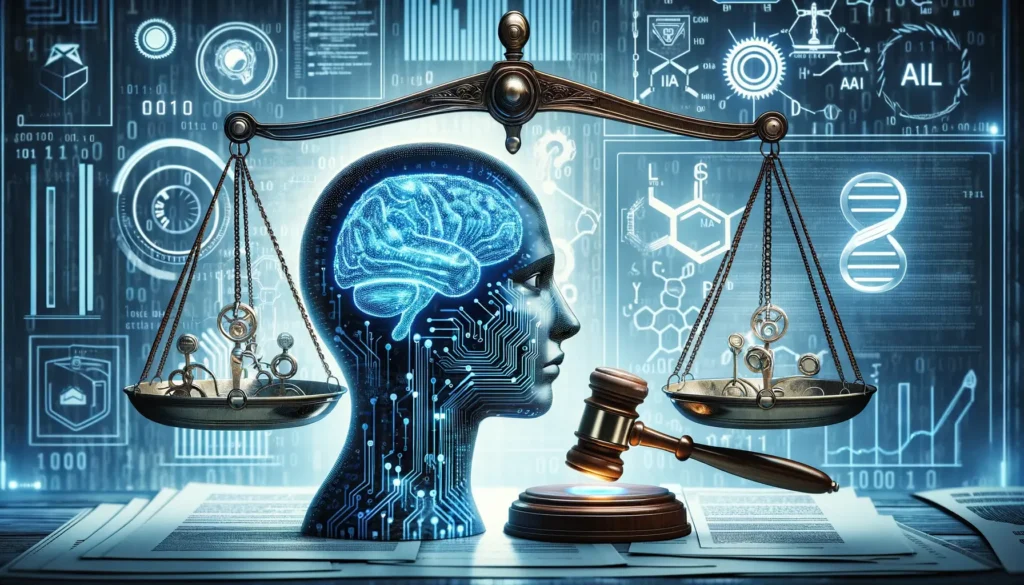Artificial Intelligence (AI) is reshaping the landscape of Intellectual Property Rights (IPR), bringing both new opportunities and complex challenges for creators, businesses, and legal systems worldwide.[1][2]
Intersection of AI and IPR
AI has significant implications for major IPR domains including patents, copyrights, trademarks, and trade secrets. AI-generated inventions and creative outputs raise important questions regarding the recognition of inventorship and authorship, as well as ownership and enforcement of rights. Most existing IP laws are designed to protect human-generated works, creating uncertainty when an AI autonomously produces content or inventions without direct human intervention.[3][4][5][6][2][7]
AI’s Role in Patent, Copyright, and Trademark Systems
- Patents: AI assists inventors and attorneys in drafting applications and analyzing prior art, but the patentability of AI-generated inventions itself is debated. Most jurisdictions require a human inventor, so patents listing an AI as the creator have often been rejected.[5][6]
- Copyright: AI systems can both create and help enforce copyright protection. However, ownership of AI-generated works is complex, with many jurisdictions emphasizing human authorship as a prerequisite for protection. AI is also valuable for detecting infringement through tools that scan digital platforms for unauthorized use.[4][7][8][1]
- Trademarks: AI is transforming trademark searches and enforcement by analyzing large databases of marks and identifying potential conflicts or counterfeit products. AI also supports monitoring and protection across online platforms.[9][1]
Key Legal and Policy Issues
The evolving relationship between AI and IPR highlights the need for clearer regulations regarding AI authorship, inventorship, and ownership. Questions around data protection, privacy, ethical usage, and licensing—especially for works generated or processed by AI—persist in legal and policy debates. Emerging approaches include efforts by regulatory bodies and international organizations to update guidelines and infrastructure to protect both human and AI-driven innovation.[10][3][4][5]
Conclusion
AI’s integration into IPR systems offers innovative opportunities while challenging traditional legal frameworks and enforcement mechanisms. Addressing issues around authorship, ownership, and rights management will require global cooperation and adaptive legislation to balance technological progress with robust intellectual property protection.[3][10]
- https://www.scribd.com/document/816151054/AI-and-IPR
- https://www.geeksforgeeks.org/artificial-intelligence/artificial-intelligence-and-intellectual-property/
- https://blog.ipleaders.in/intersection-of-artificial-intelligence-and-intellectual-property-rights-challenges-and-opportunities/
- https://www.dentons.com/en/insights/articles/2025/january/28/ai-and-intellectual-property-rights
- https://indiaai.gov.in/ai-standards/ai-and-intellectual-property-rights
- https://www.lawjournals.net/assets/archives/2024/vol6issue2/6056.pdf
- https://blog.ipleaders.in/ip-rights-and-artificial-intelligence/
- https://rouse.com/insights/news/2024/how-does-artificial-intelligence-affect-intellectual-property-protection
- https://www.wipo.int/edocs/mdocs/enforcement/en/wipo_ace_16/wipo_ace_16_15_presentation.pdf
- https://www.wipo.int/en/web/frontier-technologies/artificial-intelligence/index


